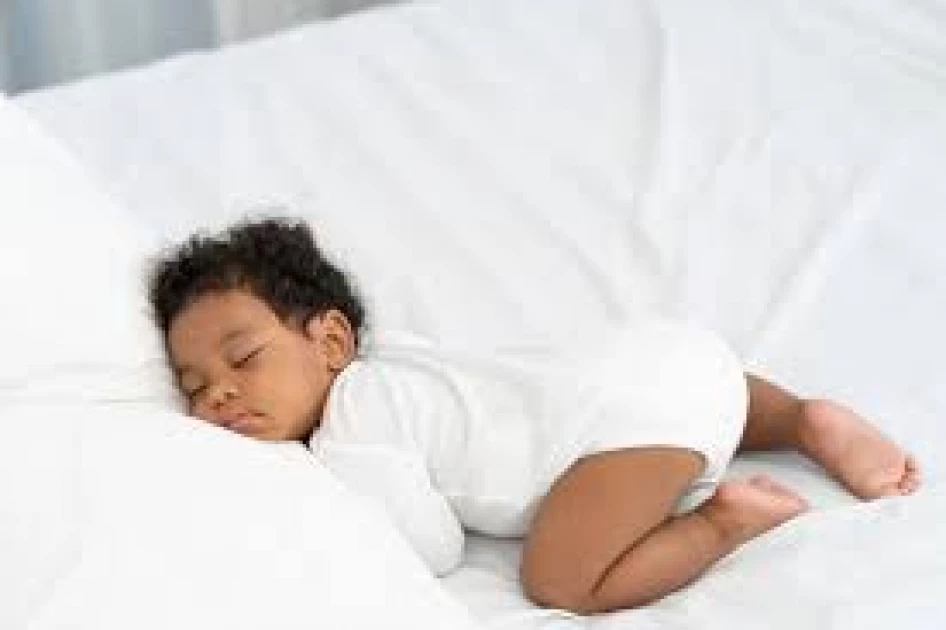MUNDE: ‘Is it safe for my baby to sleep in my bed?’ Safety concerns every parent should consider

A baby sleeping in a crib./istockphoto

Audio By Vocalize
After delivering a baby, a barrage of advice streams in on how to hold the baby’s fragile head, how to lay your child in a bed; whether to sleep in the same bed with your tot and so on.
While some advice is relevant, other tips are based on myths.
Here are some safety tips to consider and as with everything else in life, it is best to consume what feels right and relevant to you, and discard the rest.
1. Co-sleeping or crib? Experts usually advise against sleeping in the same bed as your baby because of the risk of rolling over onto your baby, suffocation hazards and the risk of Sudden Infant Death Syndrome (SIDS). However, there are parents who sleep with their tots and say they are extra careful and it works for them. Consider the expert advice and what works for you when deciding whether to co-sleep or put your baby in a crib or bassinet from day one.
2. Mattress: on the same matter of sleep, when it comes to a mattress, a baby should sleep on a firm mattress to avoid suffocation. Avoid used mattresses (the hand me downs) if possible and soft mattresses. You might think a soft mattress will be comfortable for a baby, but it poses a risk or suffocation.
3. Toys and bumpers: Your baby’s crib should also be free of bumpers and toys as these pose a risk of suffocation as well
4. Food: when it’s time to start weaning your child, if you are going the Baby Led Weaning (BLW) way, make sure you give medium size pieces to your baby and avoid small pieces that can cause choking. There are also foods which are said to be choking hazards, such as grapes and raisins. Also, make sure you listen to your child’s cues when eating. If he/she is full, they might turn away from food, play with the food or cry. Don’t force feed your child or they might get a negative attitude towards meal time and have obesity in future.
5. Feeding chair: during the initial stage of weaning – six month is recommended, but some children are weaned at four months – put your baby at a slanted position on the high chair to prevent choking. Many high chairs come with an adjustable knob. While on the chair, never leave your baby unattended.
6. Car seat: for children under one year old, a car seat should be put facing back, that is, your child should be facing the back, not the front – this is safer. For older children, the seat can be adjusted for the baby to face the front. There are many car seats in the market, from infant car seats to convertibles – choose whatever is within your budget, but always remember to fasten the seat belt.
Share other safety measures that can help parents.
Listen to the First Time Mum Confessions Podcast here.


Leave a Comment